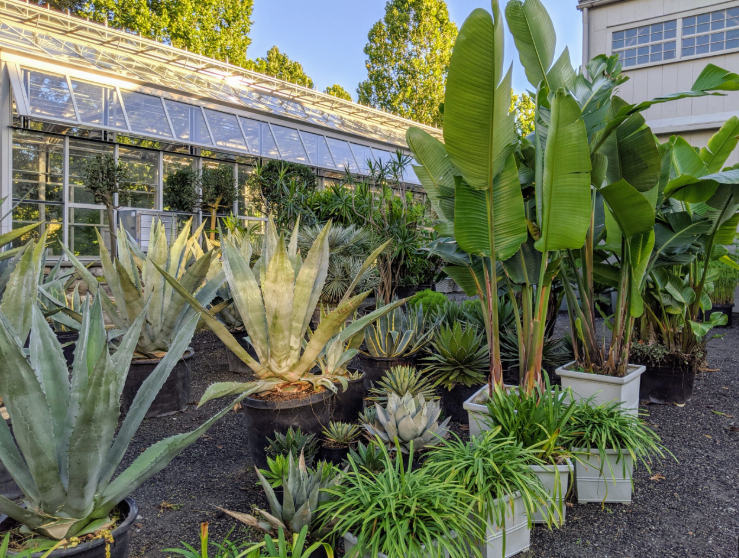Seasonal Produce: Nature's Nutritional Calendar
Eating seasonal produce is more than a culinary trend—it's a holistic approach to nutrition, sustainability, and supporting local agriculture. Let's explore the incredible world of seasonal eating.





Why Eat Seasonal?

Nutritional Advantages
Seasonal produce is harvested at peak ripeness, ensuring maximum nutrient content, flavor, and freshness. When fruits and vegetables are picked and consumed at the right time, they offer superior nutritional value compared to out-of-season alternatives.
Seasonal Eating Benefits
Nutritional Value
Peak ripeness means maximum nutrients and flavor.
Environmental Impact
Reduced transportation and storage requirements.
Economic Support
Direct support for local farmers and agriculture.
Jamaica's Seasonal Produce Calendar
Tropical Fruits
- Mangoes (May-August)
- Guavas (June-September)
- Passion Fruit (Year-round)
- Breadfruit (June-September)
Vegetables
- Callaloo (Year-round)
- Scotch Bonnet Peppers (June-December)
- Okra (May-November)
- Sweet Potatoes (October-January)
Tips for Seasonal Shopping
- Visit local farmers' markets
- Ask vendors about harvest dates
- Look for produce with vibrant colors
- Buy in smaller quantities to ensure freshness
- Learn to preserve seasonal abundance
Conclusion
Embracing seasonal eating is a powerful way to connect with local agriculture, enhance your nutrition, and support sustainable food systems. By understanding and following nature's rhythms, we can enjoy fresher, more flavorful, and more nutritious produce while contributing to a healthier planet.